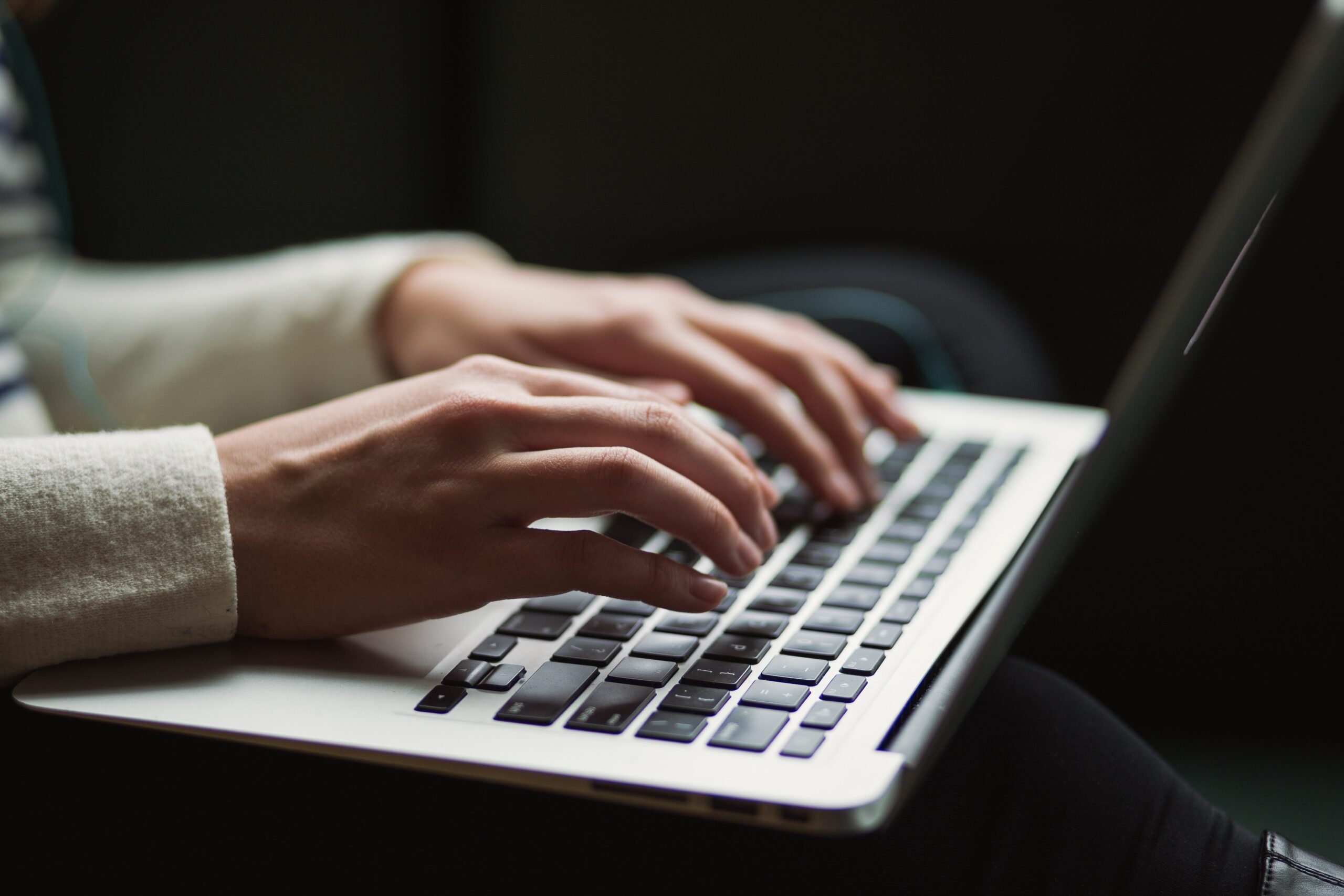With Cyber Security Awareness Month coming to an end, we wanted to take a little time to review some basic security practices to protect you and your organization. There is a lot of buzz around cybersecurity right now, and it can be difficult and confusing to know what is best for you.
Here are 7 things to keep you and your information safe.
1. Updates
Yes, that annoying pop-up on the bottom of your screen asking you to update your windows operating system is actually important. Often, these version updates include protection against new known security risks. Updates for your operating system, security software (antivirus), and internet browsers are a great place to start to keep your computer safe and clean.
2. Passwords
“Password” is not a good password, even if you add a number to the end. It’s 2020 people, we should be better than that by now. Also, try not to use the same password for all of your different accounts.
Some of the best practices against security threats are just not making it easy for them. Two-factor authentication is a great practice to use as well, especially for your more important and sensitive information. No, two-factor authentication is not always convenient or fun to use, but it is a great tool to keep intruders out of your accounts.
3. Public Networks
With more and more of us working remote these days, it can be hard to fight the urge to go sit at your favorite coffee shop or restaurant and work from there. After all, if you’re a writer, that’s what makes you a professional, right? The easy thing to do is just connect to the free wi-fi network they offer you. However, as my favorite general would say, “It’s a trap!”
Public networks, although convenient and offered with good intentions, can be a high risk when it comes to security. With no real protection between you and the other people using that network, your device is extremely vulnerable. Another concern is the simple physical threat of wandering eyes watching your screen. A great workaround here is simply to use a hotspot from your phone or another device, and, like any good mobster movie will tell you, sit with your back against the wall.
4. Encrypted Emails
We’ve all been there, sitting at our favorite restaurant trying to mind our own business and enjoy the company of those we have chosen to be there with, and at the table next to you, someone forgets they’re in public space and starts much too loudly sharing the train wreck that is their life. Not even trying to listen, you now know their brother is in the local hospital while his 3 kids are out spending his money and partying around town and his ex-wife took the rest he had.
Just like this person should be more aware of their surroundings and how they discuss things, communicating online has the same rules. Be aware that even though things seem private while sending emails online, there are people trying to listen in and gain whatever information they can. Try to avoid sending private or sensitive information through email as much as possible. If you have to send any personal information, use a good encryption software to help protect you.
5. Physical Security
Growing up, I remember my mom hiding her purse in the car whenever we went somewhere she didn’t want to take it with her. That is also a good practice when it comes to your devices. Of course, the best practice is to not leave it at all but if you have to, hide it out of sight so you’re not an obvious target.
In an office or public environment where you’re not worried about your device being stolen, you should still lock your screen any time you step away. When walking around with your device, have it in a bag that you can carry securely so that it’s not easy for someone to snatch it from you.
6. Backups
Most of us know we should have good backups of our data. If you don’t, your iPhone or iPad will be sure to let you know soon. Backing up your data is important just for you to keep up with things and not lose any information by accident. But say your device does get stolen, or it gets infected with malware or ransomware and you suffer a partial or total loss; without a backup, all the information is just gone.
You’ve probably heard of on-site and off-site backups. For personal use, an on-site backup can simply be an external hard drive or flash drive that has data you selected saved to them and kept separately from your device. An off-site backup is a cloud service that saves and virtually hosts your data for you. Having both on-site and off-site backups is the best method if you ever need to recover your data.
7. Best practices
At the end of the day, you can have the best software in the world protecting you, but if you’re being careless or handing things over freely, it won’t matter.
Be alert, pay attention, and remember, if something online seems to be too good to be true, it probably is. Don’t click on links from people you don’t know or don’t recognize. If something looks suspicious don’t open it. Some fake emails look very real, so always check the sender’s email address to be sure it’s legitimate. No real, respected company will ever ask for your personal information to be sent over email. Be defensive about ever giving personal information online.
Most security failures happen because of human error, so like it or not, most of keeping our information safe and secure is up to us being smart and careful.

